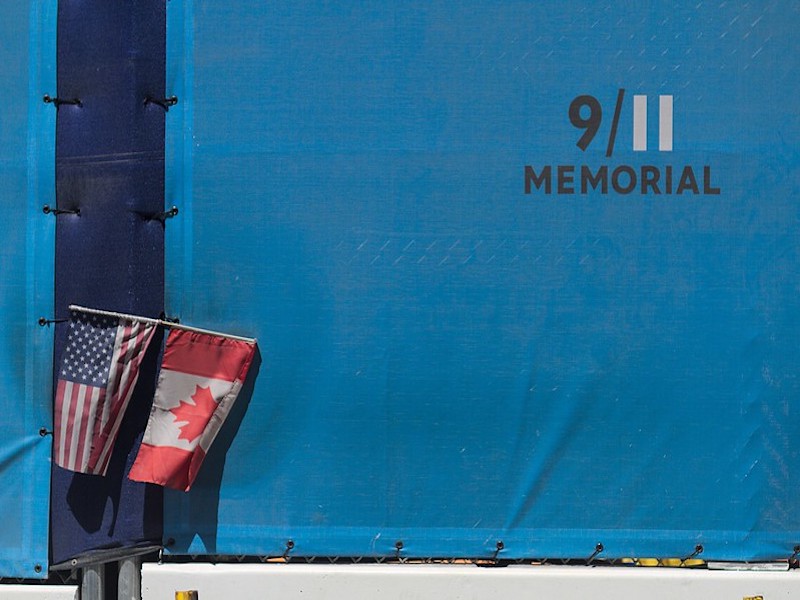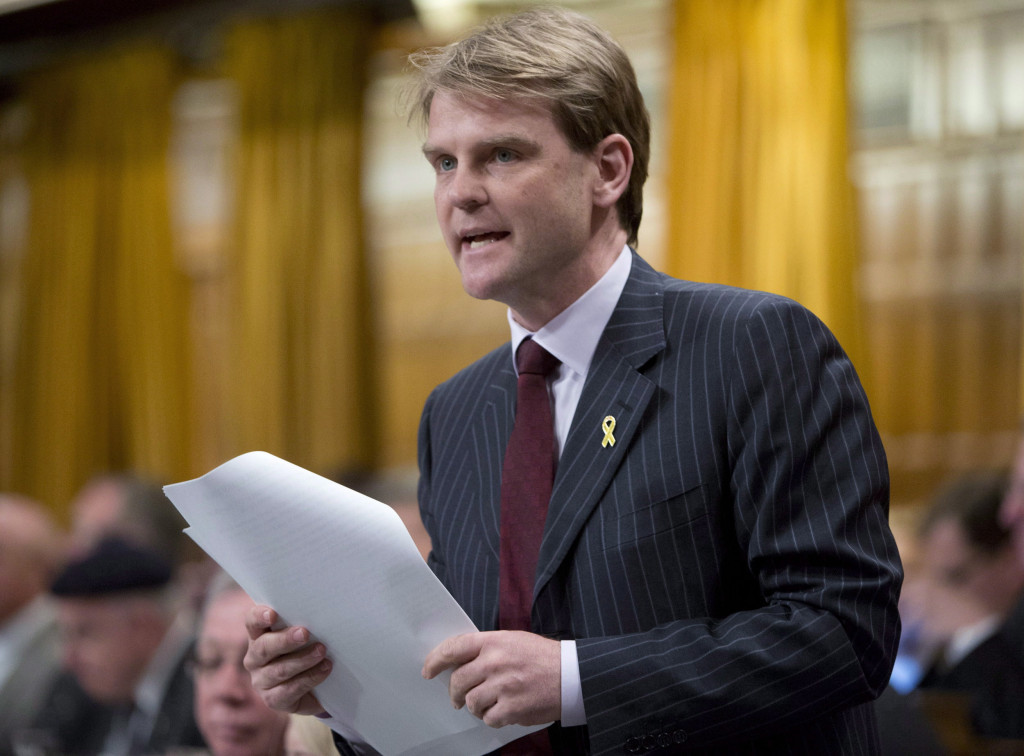In the fall of 2001, Transport Canada, the federal body that oversees the country’s transportation sector, confronted the 9/11 attacks and began crafting policies that profoundly altered aviation security and ultimately transformed how passengers travelled by plane. In our conversation, David Collenette, Chair of the NATO Association of Canada and the Minister of Transport on 9/11, revisited that day’s events, about which he has written and given interviews, including on its twentieth anniversary. Collenette helped to situate 9/11 in recent historical perspective, sharing with me some thoughts on the attacks’ short- and long-term impacts for the Canadian transportation sector and insight on the current threat environment.
As Minister of Transport, Collenette bore great responsibility on 9/11. As Collenette explained, under the Aeronautics Act, which codifies the Minister of Transport’s remit, he became tasked with making tough calls quickly and with limited consultation. “With my approval,” Collenette reflected in another account, “we did something no Canadian government had ever done—we essentially shut down our country’s entire airspace by ordering aircraft out of the skies, and not allowing any to take off.”
No Minister of Transport had ever dealt with a transportation crisis of this magnitude. To be sure, hijackings and the bombing of Air India Flight 182—remembered as “the worst disaster in Canadian aviation history” and “‘Canada’s own 9/11’”—had occurred. But in Collenette’s estimation, 9/11 had no parallel.
This abrupt freeze on travel certainly sowed chaos in Canada and around the world. At the border, vehicles ground to a halt, which unleashed kilometres-long backups. As often reported, tens of thousands of passengers on hundreds of flights ended up deposited away from their intended destinations through “Operation Yellow Ribbon.” Most notably, over 6,000 passengers got re-routed to Gander, Newfoundland—a publicized episode since immortalized in the wildly popular Come from Away.
How Collenette and his team managed this “logistical nightmare” remains a cherished accomplishment in a long career in public service. He reiterated that 9/11 represented “one example where government got it right.” “I certainly have no regret on the way we acted,” he remarked.
Resuming domestic and especially international travel, which involved working with the US and other partners, also proved no small feat. “It was a logistical problem, and it was also a safety problem,” Collenette told a Standing Committee on Transport and Government Operations. Consequently, travel did not return to something approximating normal until September 14.
These early initiatives, notably “implementing measures to prohibit small knives and knife-like objects on board aircraft,” became the opening moves in bolstering security. “In the days, weeks and months that followed,” Collenette later observed, “we took a significant number of other actions to enhance security, not only in the air transportation system, but in every mode of transportation.”
Notably, as often acknowledged, the Canadian Air Transportation Security Authority (CATSA) came into being March 2002. The next month, Collenette rolled out a plan to make cockpits impenetrable with security-enhancing measures like locks, thereby neutralizing a vulnerability that had long troubled him.
In our discussion, Collenette characterized the post-9/11 transportation sector as “a lot safer,” and for good reason. The additional safeguards that he helped to bring about made Canada less prone to a 9/11-like event. For instance, as others have noted, the proximate gaps that the hijackers had exploited—unlocked cockpits and lax regulations on sharp objects—were closed. Moreover, Collenette pointed out, the government gradually moved to correct other shortcomings, such as the absence of thorough, consistent, and universal checked baggage screening in Canadian airports.
Heightened safety, though, has brought compromises, which Collenette recognized. He noted that travelling has become “more time consuming and somewhat frustrating in terms of security checks when getting on planes.” Practices like passport-free visits between the US and Canada, as well as speedy land crossings at a once-casual border or more relaxed passages through airport security, fell by the wayside. Henceforth, increased vetting and lengthy lines at security checkpoints became the norm.
In addition to Collenette’s observation, more stringent security had financial consequences. Security put a heavy demand on the budget. According to one source, within seven years of 9/11, the federal government had already allocated approximately $15 billion to “[d]omestic security.”
Travellers’ privacy, and at times dignity, suffered as well. Invasive searches left some feeling offended or violated and posed questions about privacy and the limits of authority, particularly regarding CATSA, which still outsources screening to “private sector contractors.”
Moreover, safer should not be interpreted as invulnerable. Collenette acknowledged the areas that demand additional attention at present. The well-noted recent surge in disorderly conduct among passengers, to which alcohol has contributed, troubles Collenette. He, along with organizations like the International Air Transport Association (IATA), believes that greater restrictions on airborne alcohol consumption would be prudent.
Collenette also commented on the need for greater scrutiny of trains, which has sparked discussion over the years. The numbers certainly show that even emptier pandemic-era Canadian trains transport a significant volume of passengers—1.5 million in 2021—and, like airplanes, have experienced a recent increase in violence. As trade and broadcast media sources have discussed, in spite of novel developments like the inception of a Via Rail Police Force, trains still have fewer security layers, such as universal bag screening, that characterize contemporary air travel.
Maritime transportation, especially of cargo, presents another on-going area of concern for Collenette. Indeed, per a government source, few containers get checked. At Vancouver, “Canada’s largest container port” as of 2019, the figure sits at under four per cent.
However, while travel can never be risk free, the security architecture that Collenette and his team started constructing in September 2001 has served to reduce its dangers. Canada’s avoidance of a 9/11-like event since then speaks to the lasting success of these initiatives. Put into a difficult and taxing situation, Collenette contributed to mitigating the short- and long-term aftershocks of that terrible day.
Photo: “9/11,” July 22, 2012, by Gwenael Piaser, via Flickr. Licensed under CC BY-NC-SA 2.0.
Disclaimer: Any views or opinions expressed in articles are solely those of the authors and do not necessarily represent the views of the NATO Association of Canada.




